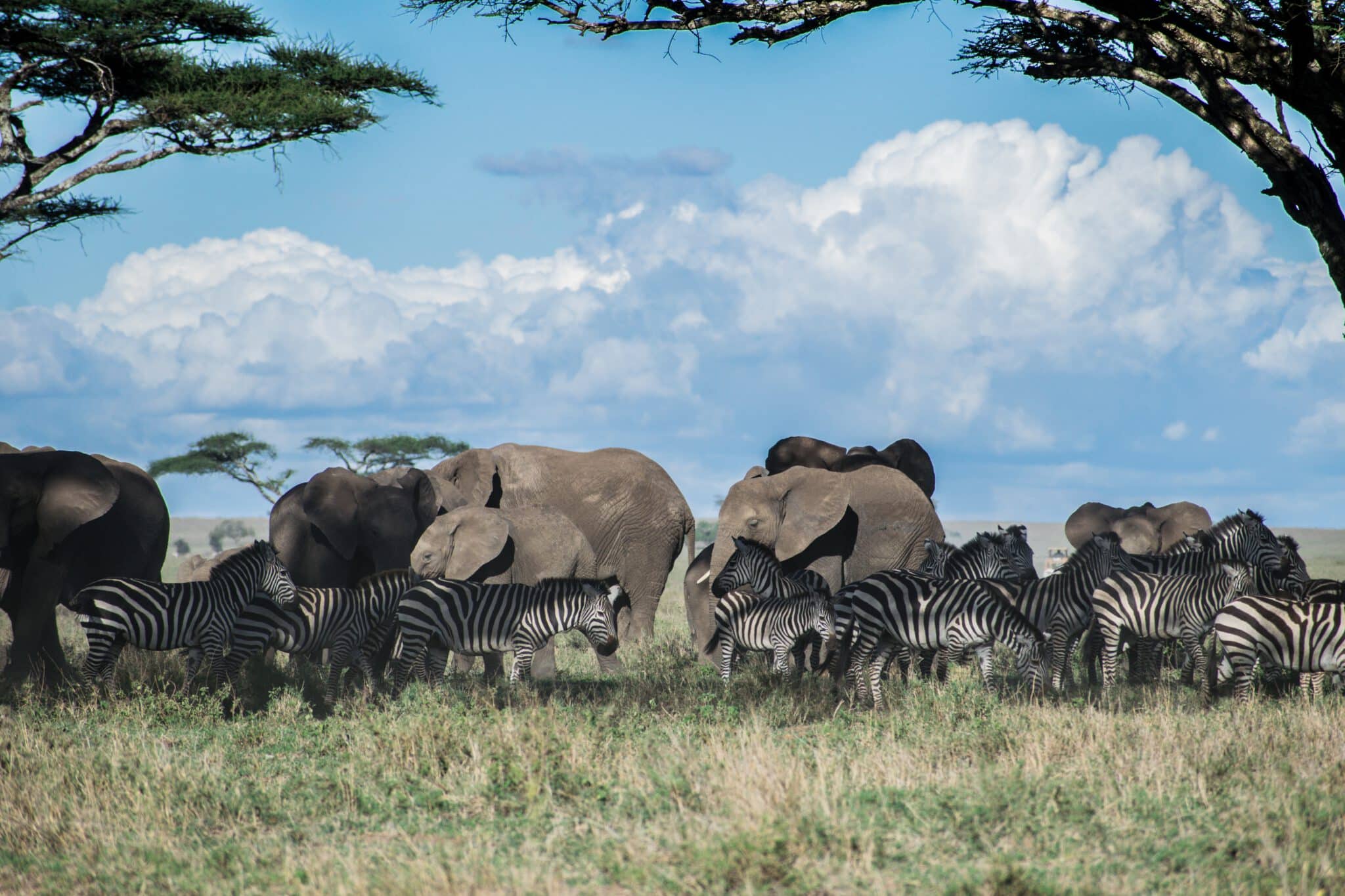Confronting the Rising Menace of Drone-Facilitated Poaching and Hunting in Africa
Unlawful hunting in Africa has emerged as a disturbing phenomenon that jeopardizes the biological and ecological systems in nature. Experts and researchers recognize this form of hunting as one of the primary threats to wildlife and the overall ecological balance. Engaging in unlawful hunting involves early detection of wildlife, approaching them, and carrying out hunting activities, often through shooting, targeting individual animals or even larger groups.
Tragically, unlawful hunting has become widespread in Africa, posing a significant challenge to the region’s ecological and biological balance. Poachers and illegal hunters employ various technological means to locate and track wildlife in prohibited areas while attempting to evade security forces that seek to prevent such unlawful activities.
The advancement of technological capabilities has enabled illegal hunters to adopt sophisticated methods, such as unmanned aerial vehicles (drones) equipped with thermal cameras and other detection technologies. This has allowed them to conduct hunting activities in restricted areas with relative ease, posing a significant threat to African wildlife. Authorities must employ counter-drone technologies to detect and neutralize these drones, apprehending the illegal hunters before they can cause harm to wildlife.
Here are a few examples that demonstrate how drone technology has unfortunately facilitated the illegal activities of poachers and hunters, endangering precious African wildlife and undermining conservation efforts:
A notorious group of poachers in Tanzania deployed drones equipped with thermal imaging cameras to locate and track herds of elephants and rhinos at night. They used this information to plan their attacks more efficiently, increasing the risk to these vulnerable species.
Maasai Mara National Reserve, Keny: A group of illegal hunters exploited drones to track lions, cheetahs, and leopards. By remotely monitoring these majestic predators, they were able to identify their hunting patterns and ambush the animals more effectively, posing a significant threat to the delicate balance of the ecosystem.
Zakouma National Park, Chad: A group of poachers, fueled by the illegal ivory trade, employed drones to fly over vast areas of the park to locate and target elephant herds. With the ability to cover large distances quickly, they significantly increased the efficiency of their illegal operations, leading to a surge in elephant poaching.
Yogev Yadin, Regional Director Africa, and ME at Skylock LTD explain: “The increasing use of large and medium-sized drones equipped with advanced technologies by illegal hunters poses a serious challenge for law enforcement. these drones provide hunters with a significant advantage in locating and tracking wildlife in prohibited areas, evading detection by security forces”.
Yadin highlights the need for implementing counter-drone systems across Africa to effectively identify and disrupt illegal hunting activities. These systems, already in use in several African countries, can detect and track drones in real-time, as well as identify their operators. By utilizing these technologies, security forces can intervene before illegal hunting can occur, safeguarding African wildlife and their natural habitats.
In conclusion
In the vast wilderness of Africa, the growing utilization of drones for poaching and hunting has emerged as a menacing threat to the fragile balance of its ecosystems and wildlife populations. As we have explored in this article, the exponential rise in illegal drone activities has accelerated the rate of poaching, leading to catastrophic consequences for the region’s biodiversity and endangered species.
However, it is heartening to witness a determined response from technology-driven counter-drone systems companies like SKYLOCK. Through cutting-edge advancements and innovative solutions, we stand united in the fight to protect Africa’s irreplaceable natural heritage.








